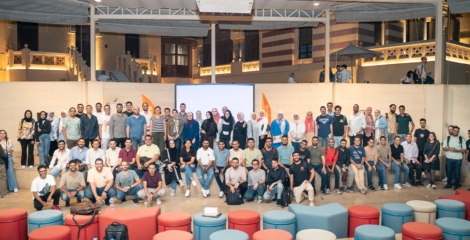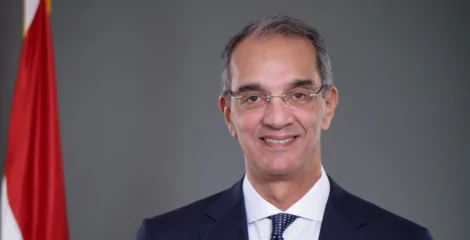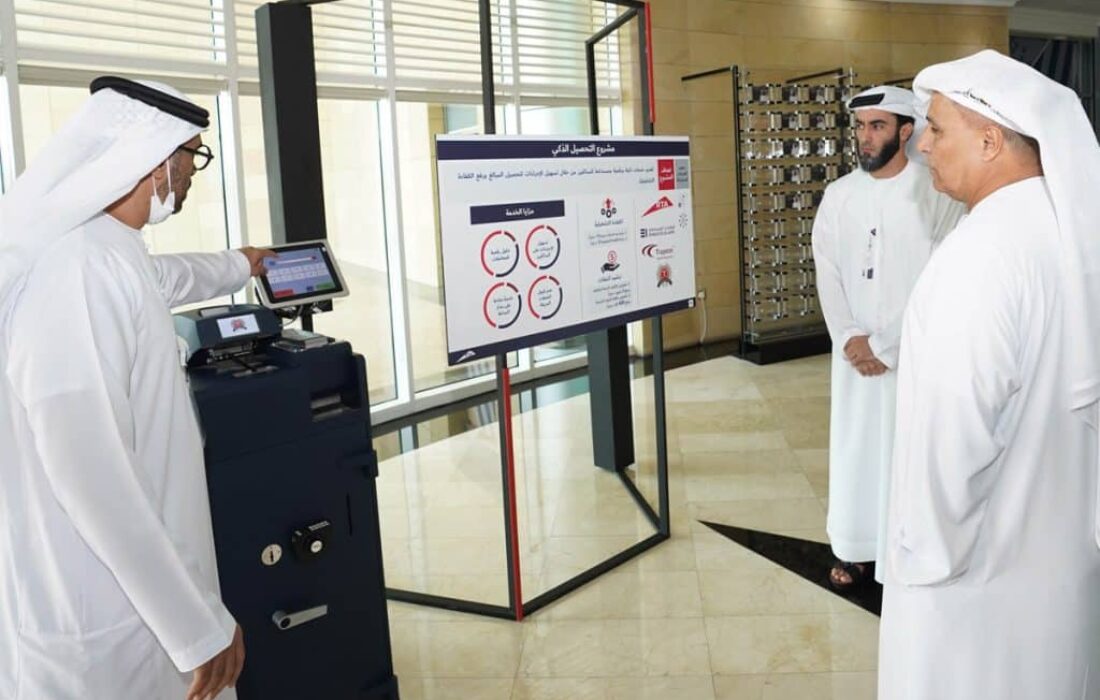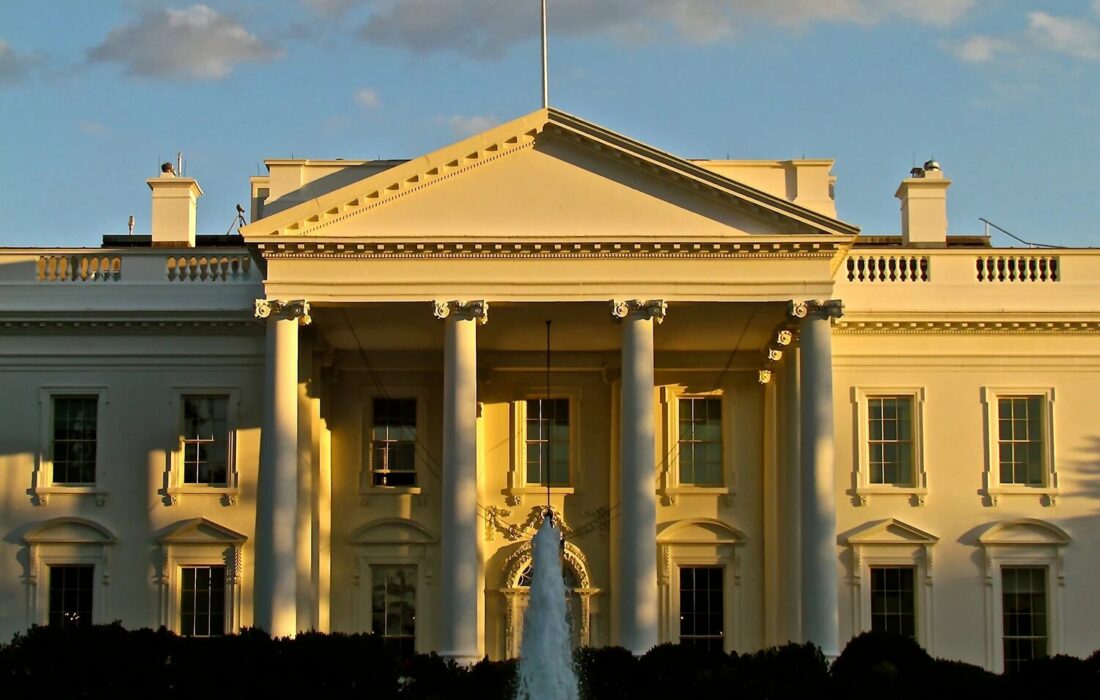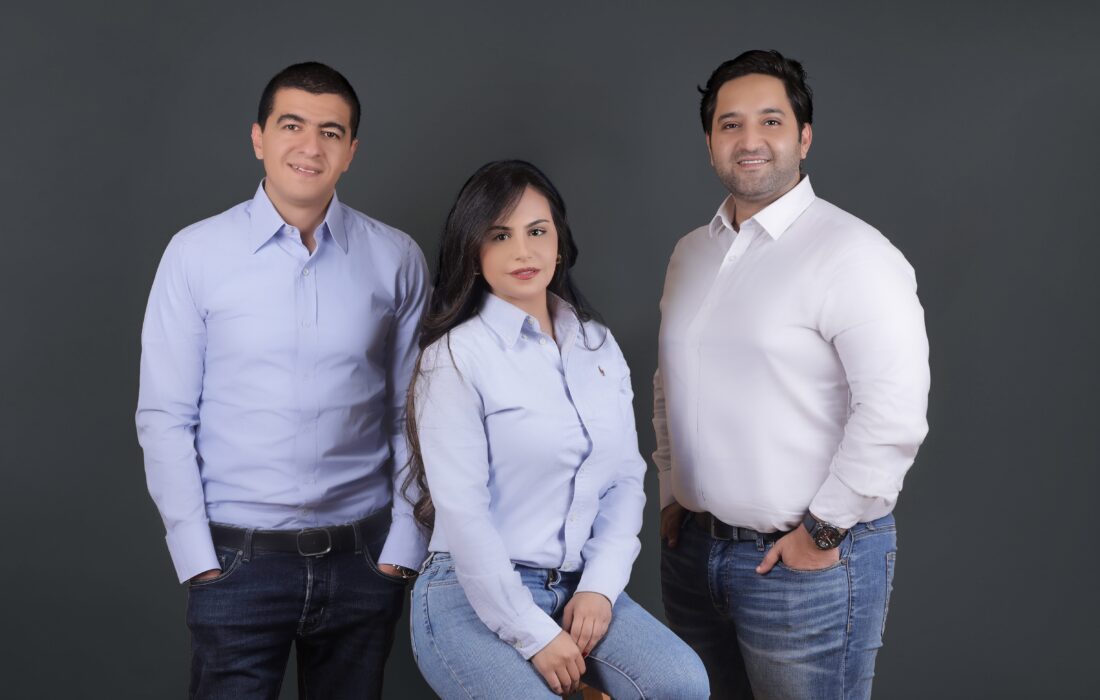Following the completion of the highly-anticipated Ethereum Merge, Vitalik Buterin is quick to suggest further innovations, publishing a blog post titled “What kind of layer 3s make sense?”, examining the potential of adding a “layer 3s” to enhance the security and scalability of the chain.
He notes that stacking two layers with similar designs on top of each other presents a number of difficulties, especially due to data availability restrictions and reliance on Layer-1 bandwidth for urgent withdrawals.
Rollups, however, can reduce the amount of information a transaction must store on the Layer-1 blockchain in order to make it accessible and verifiable, as data is condensed from 100 to 16 bytes during token transfer. For each transfer, the user must pay a significant fixed fee, which can reach up to 400,000 gas per batch.
But since data can only be compressed once, another solution needs to be considered.
Three reasonable solutions for the application of Layer-3s are presented in the occasion of running StarkWare, a ZK-rollup running on StarkNet that acts as a Layer-2 Ethereum scaling solution.
In the first scenario, Layer-3s can be useful for privacy as Layer-2 scales applications. In the second, Layer-3s would deliver customized scaling via specialized applications as Layer-2 enables scaling for generic purposes, and in the third scenario, Validiums, which use SNARKs to validate computation and are a much cheaper options than rollups, would allow Layer-3s to provide weakly-trusted scaling.
For ZK rollups, it would cost 10,368 in gas transaction with a processing speed of 5 tps to submit a batch of transactions in each Ethereum block (every 12 seconds). The gas per transaction drops to 2,368 if the batch interval is raised to 1 minute.
For a ZK rollup inside a ZK rollup, the gas transaction drops to 501.
To achieve this, Layer-3s can utilized to divides the second and third layers’ tasks and goals instead of stacking scaling solutions on top of one another.
In conclusion, Buterin notes that most Layer-3 debates remain hypothetical, but “will start to have a bigger role to play as the layer 2 scaling ecosystem matures.”
If you see something out of place or would like to contribute to this story, check out our Ethics and Policy section.

